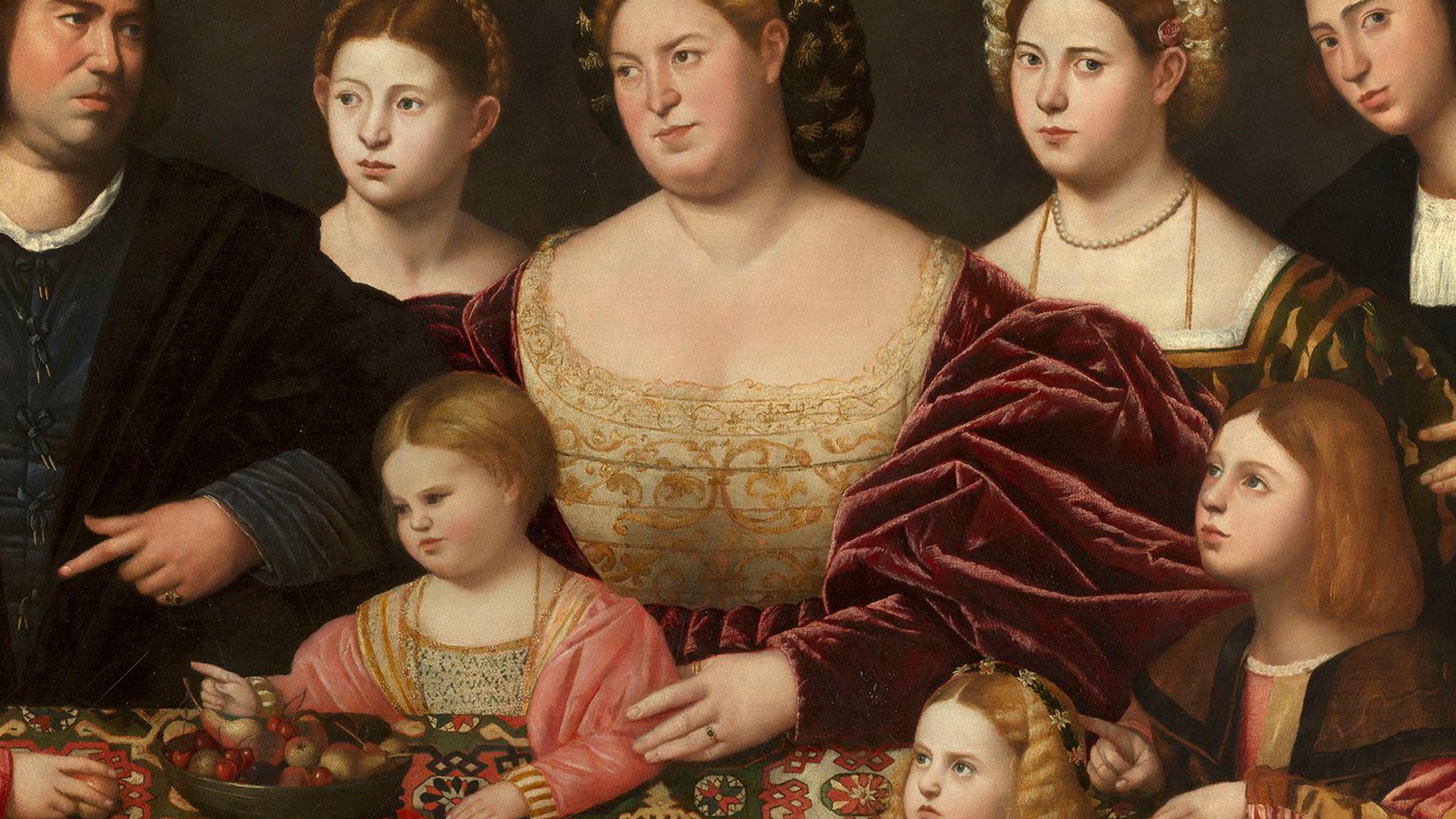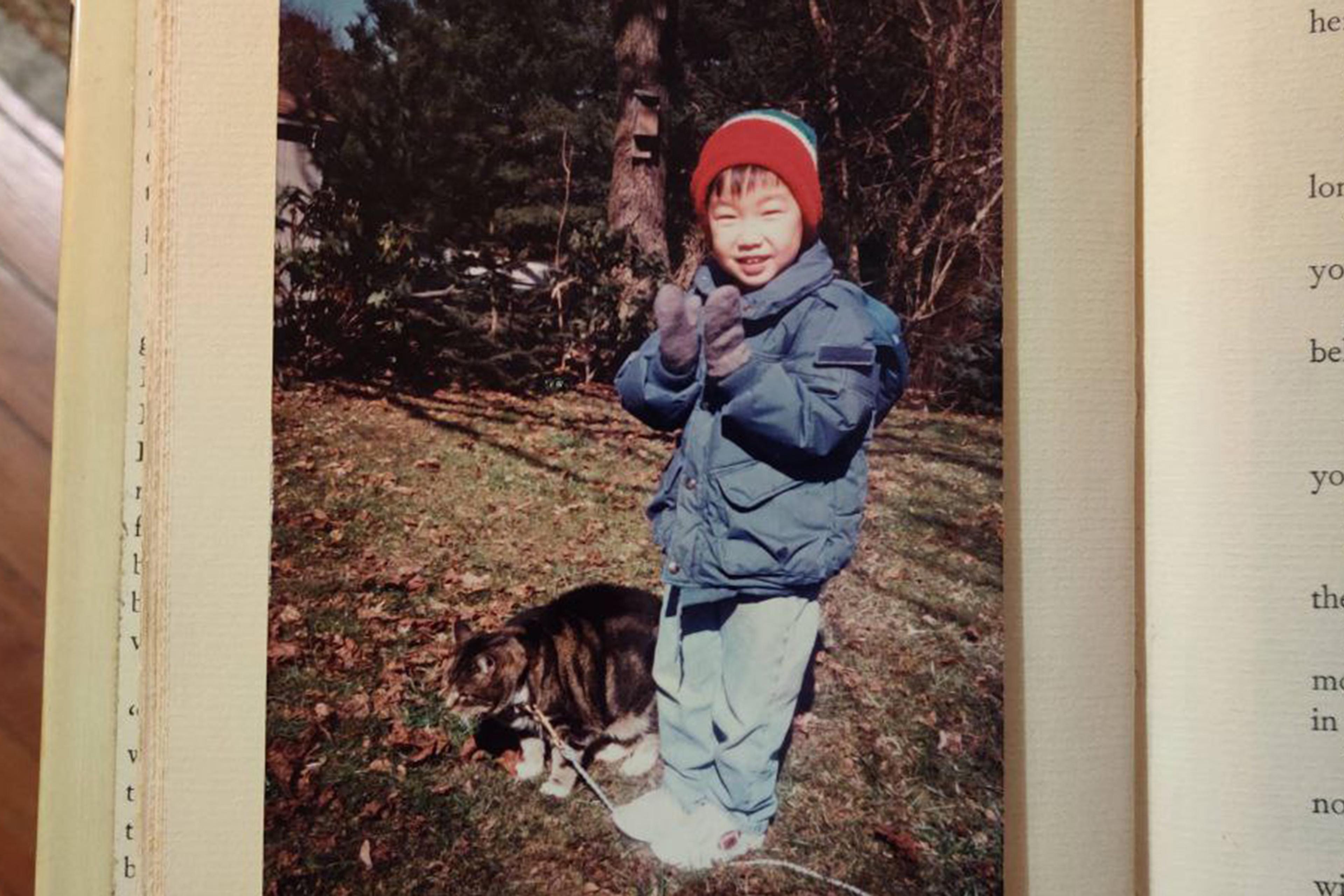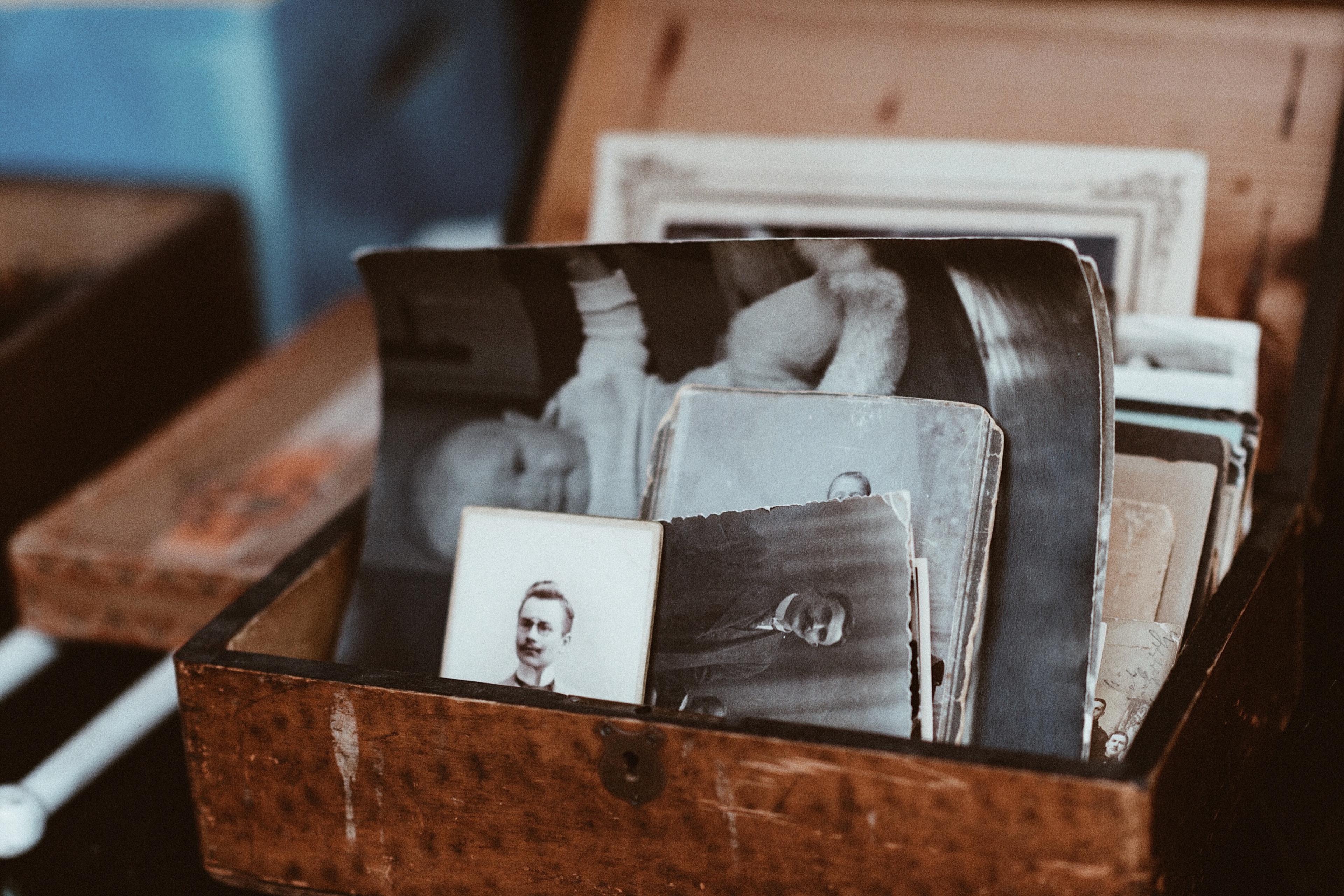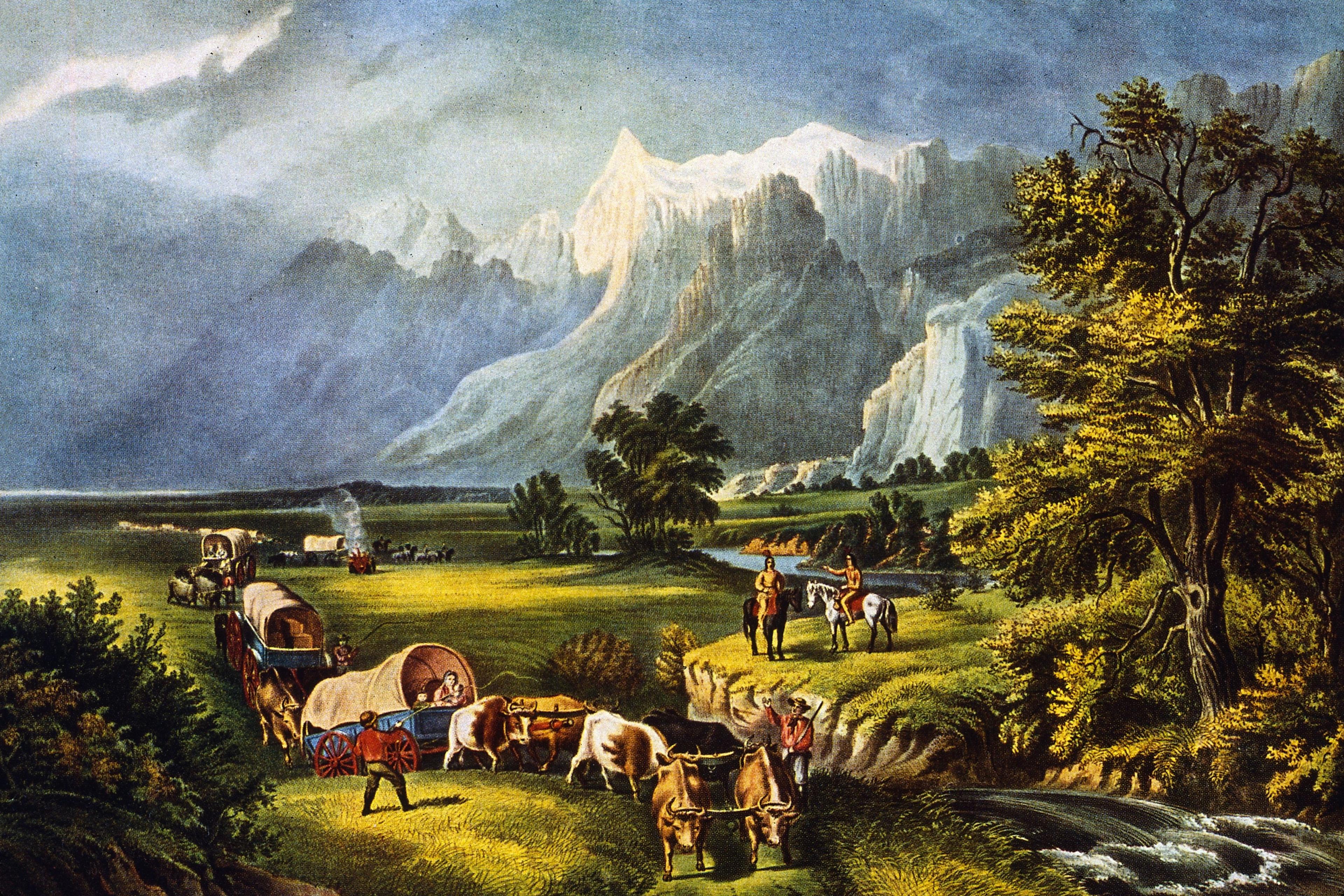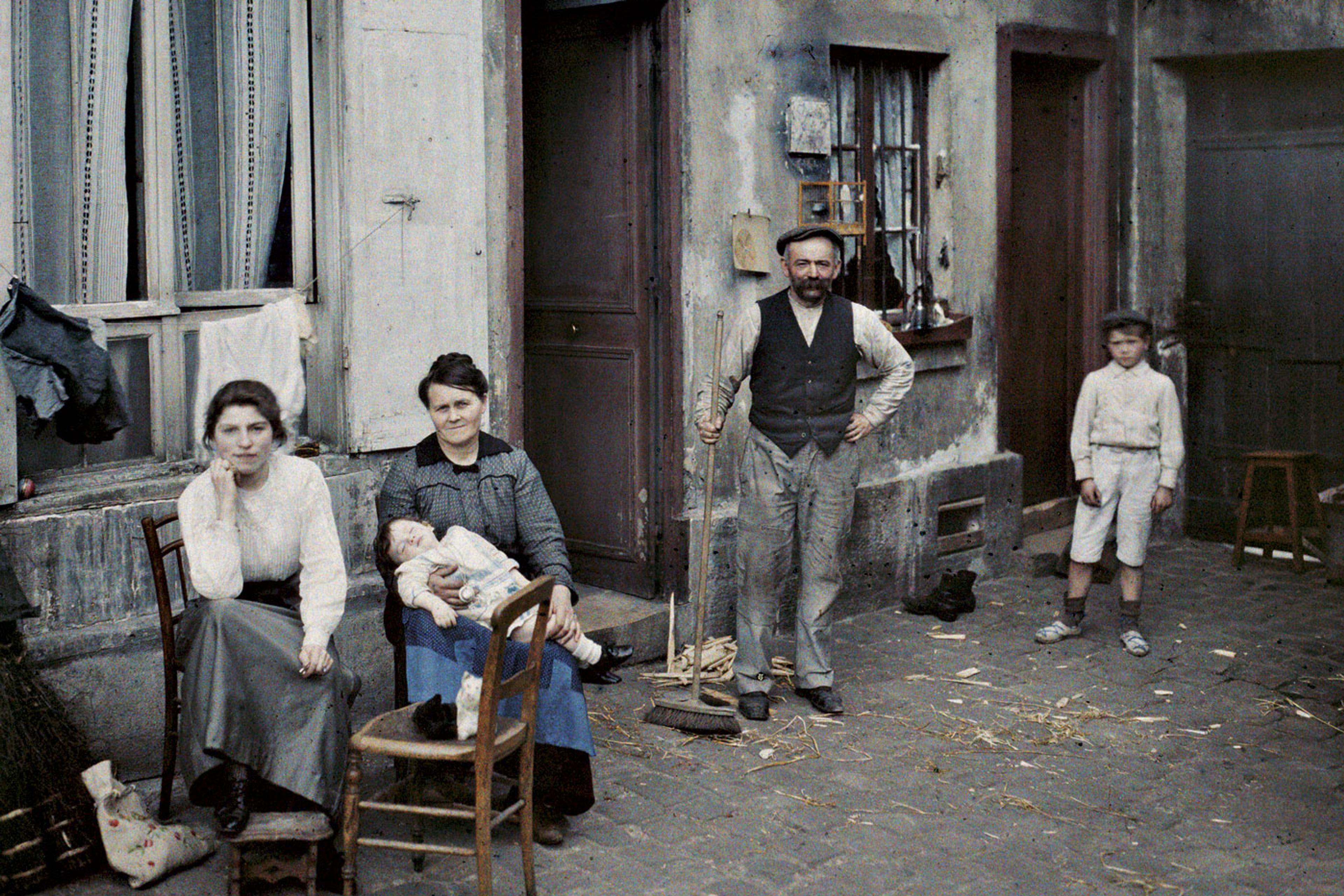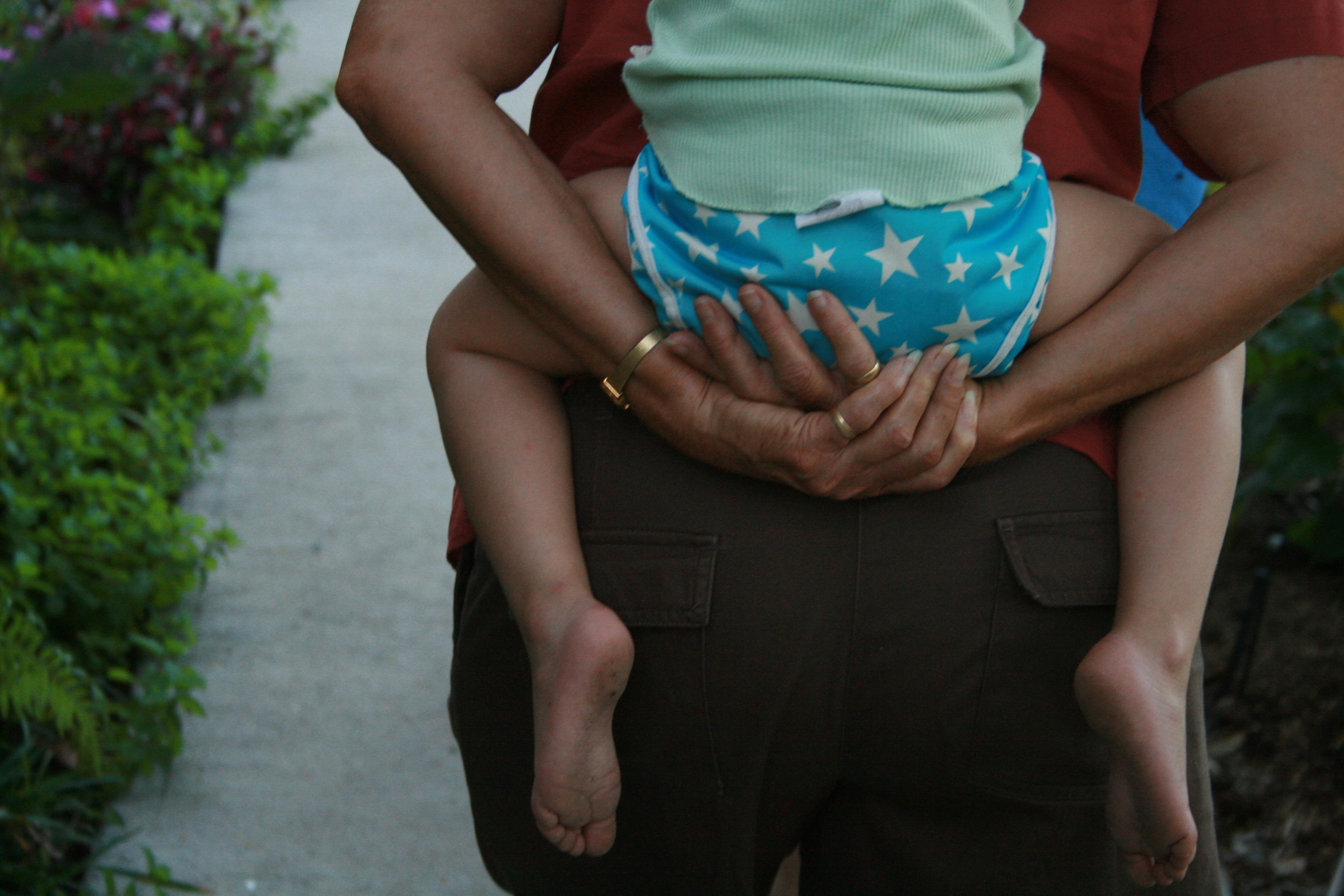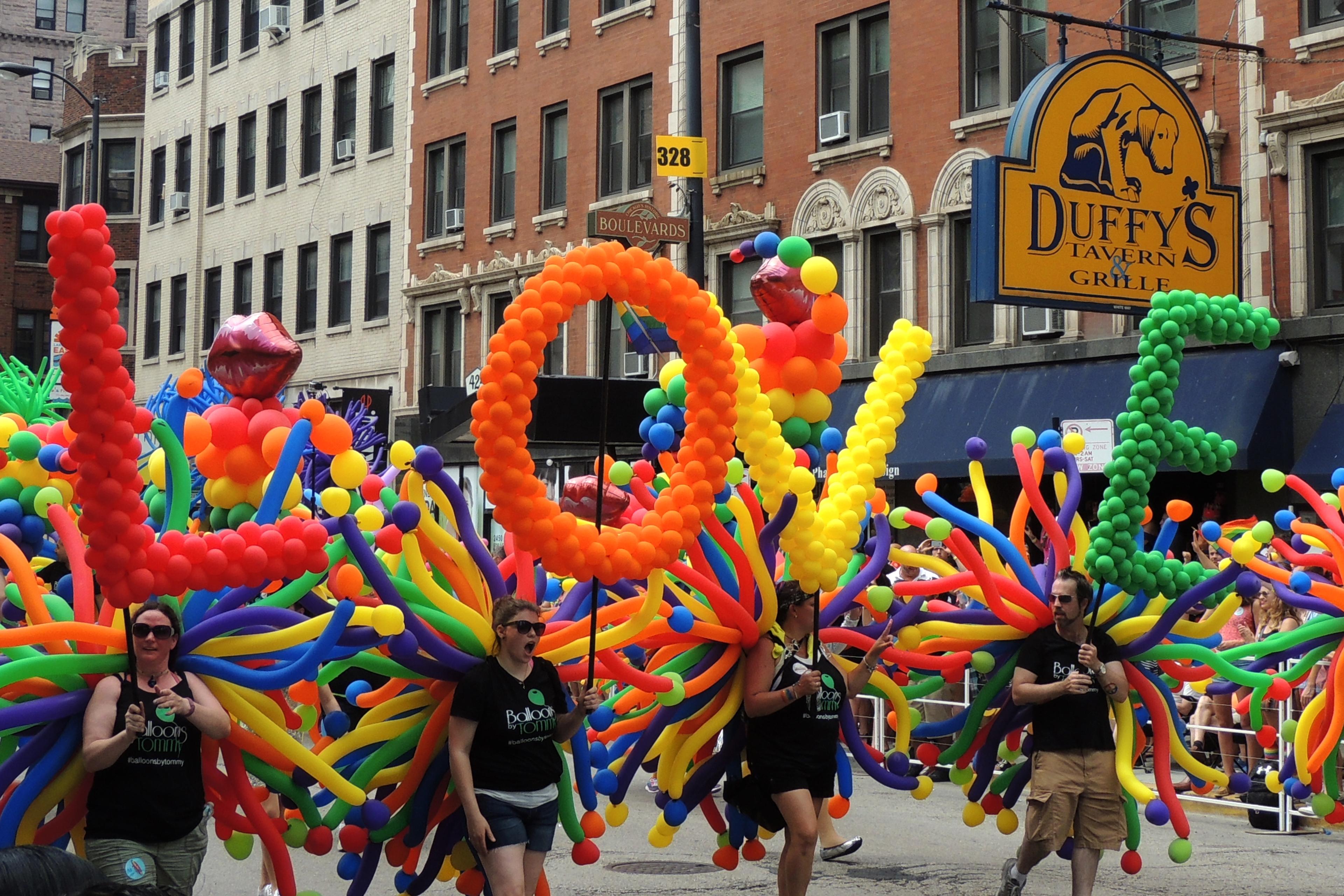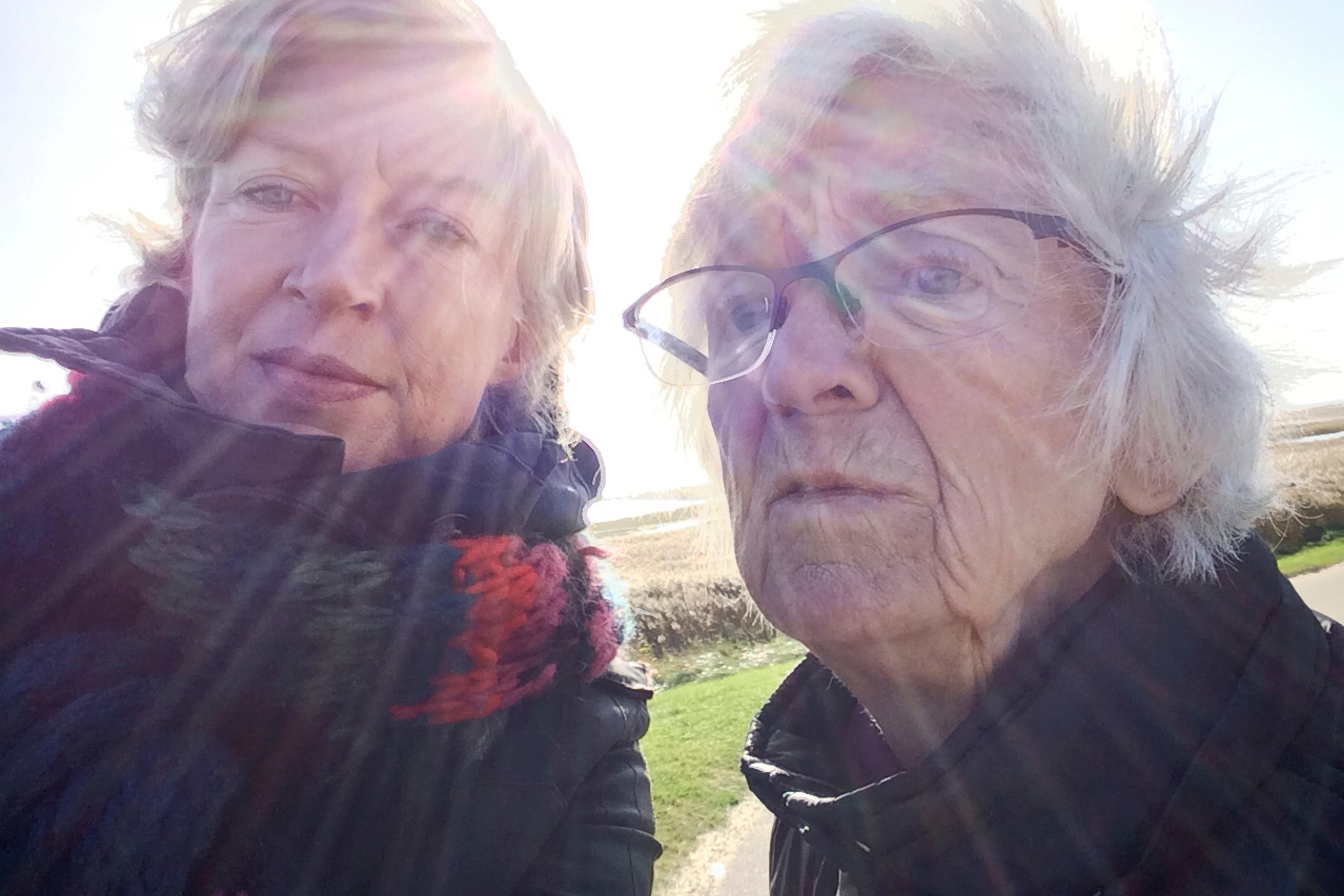Last year, my family travelled from the United States to Sweden to meet a woman we barely knew. My father has been researching our family tree for decades, and the trip was a result of a new development – recreational DNA testing, which had turbocharged his search. Shortly after he began spitting into vials from companies such as 23andMe, a woman sent him a message. She’d bought her own kit from the same company, and the database revealed that her mother and my dad were second cousins: when my dad’s grandmother emigrated to the US in the late 19th century, his cousin’s forebears had stayed in Europe.
After many emails, we flew to Sweden to learn more about our shared family and the area where my father’s grandmother grew up. We were awed by the immediacy of what we saw: my great-grandmother’s school, her farm, traces of the poverty and instability that marked her early life. Touching a piece of family furniture, preserved all these years later, nearly brought tears to my eyes, and the gift of the trip has stuck with me. This remarkable technology knows few boundaries – it erased the challenges of historical migrations and missing genealogical records to help enrich our understanding of our family’s past.
Yet, for many families, a commercial genetic test will expose something far more jarring and difficult to process – a surprise they couldn’t have imagined, which will lead to fundamental questions about the past, their identity and how much they knew about the people they loved.
DNA testing for ancestry has been around for 20 years, but only in the past five has it really taken off, as the technology has improved and companies have poured money into advertising. Now at least 30 million people have spat into vials or swabbed their cheeks in hopes of finding out more about their genetic past. DNA testing companies provide two sets of information: a list of genetic relatives who have tested with the same company, and little pie charts known as ethnicity estimates, which capture where in the world the tester’s DNA hailed from, as far back as 1,000 years ago.
Spurred on by an interest in how technology can impact people’s intimate lives, I’ve spent the past few years researching why people engage in DNA testing and how these tests play out for them. I’ve found that there are different motivations: amateur genealogists, such as my dad, want to extend the research they’ve been doing for decades; while others are seeking specific answers about their biological families – adoptees seeking the identities of their birth parents, for example, or donor-conceived people looking for their donor fathers and half-siblings. A third group, which has swelled as the technology has gone mainstream, are casual consumers, who don’t set out looking for answers to anything in particular. They’re simply curious to learn about their ethnic heritage, and test on a lark, perhaps because they were given a DNA kit as a gift.
Whatever their motivations, a significant minority discover surprises that will upend their understandings of their families and themselves. Perhaps they have half-siblings they didn’t previously know about. Perhaps they were adopted or donor-conceived and never told. Perhaps a significant portion of their genetic ancestry was concealed because of historical pressures of assimilation, racism and discrimination. Although there has been no formal study of the numbers, my interviews with industry observers, genetic genealogists and population geneticists suggest that at least a million consumers have experienced a significant unexpected surprise such as this in their immediate families.
One of the most common scenarios is a person discovering that they’re not genetically related to their father. This is known in the world of genetic genealogy as an NPE (‘non-paternity event’ or ‘not parent expected’), and it can be uncovered in a variety of ways – even if the father himself hasn’t tested. For example, maybe the database reveals unfamiliar paternal cousins, or consumers’ genetic ancestry results are markedly different from what they expected.
Every person I interviewed described a seismic emotional reaction when they received unexpected results. ‘It was sort of like a death,’ Jason, a Midwestern 40something, told me, describing his initial response to the news that the man he believed was his father was not genetically related to him. ‘It’s like being unmoored,’ said Krista, a therapist in California who had her own NPE revelation and now helps others in the same position.
These surprises are common enough that the major testing companies train their customer service employees for calls of this nature. They also offer warnings to consumers when they test, along the lines of this one from 23andMe: ‘Though uncommon, unexpected relationships may be identified that could affect you and your family.’ Yet my interviews suggest that few people expect that these warnings will apply to them. After all, it would require a feat of extraordinary imagination, the conjuring of a kind of cognitive dissonance, to consider that there might be major, fundamental facts about your own family and identity that you don’t know. ‘I never ever expected this to happen – ever,’ said one geneticist. She’d written on the topic of DNA testing surprises less than a year before she discovered, by way of her own test, that she’d been conceived by sperm donor.
For these individuals, the test is only the beginning. Laurie, an airline employee in her 50s who lives in California, discovered via DNA testing that she wasn’t biologically related to her dad. She told me that the news sent her on an odyssey – casting childhood memories in a new light, altering her family medical history, and changing her understanding of herself. She was ‘devastated that I wasn’t who I thought, that I was made of a stranger,’ she says. Out of love and respect for the man who raised her – ‘I can’t imagine calling anybody else Dad’ – she never told him what she’d learned before he died. But she very much wanted to know her own genetic origins. She spent a long time asking her mother questions, trying to elicit details of an event that had taken place five decades earlier, in the hopes of uncovering the man’s name.
DNA and genetic genealogy techniques eventually gave her the name of the stranger who’d contributed half of her genetic material. Shortly after that, the man actually showed up as her genetic parent in the database, having just tested – confirming Laurie’s sleuthing. She arranged a phone call with him and thought they’d made a connection, only to experience shock and loss when he removed his results from the database and turned down any further contact.
The act of discovery doesn’t belong just to the person who spits into a tube or swabs her cheek. A single revelation ripples outward through a family, and sometimes – as in Laurie’s case – multiple families. Laurie’s discovery had implications for herself, her parents and her brothers – who are, she realises now, half-brothers as far as genetics is concerned. But it also affected the man who is her genetic father – and, if he passed on the news, his wife and their child, Laurie’s newly discovered half-sibling. A single test, then, could contain a revelation that might affect five or 10 people, many of whom never took the test themselves.
If, perhaps, you are a man who donated sperm decades ago, or had a brief relationship and conceived a child, that child might well be able to puzzle out your identity by building family trees based on the genetic relatives that they share with you in DNA databases. Genealogical records at Ancestry, another online genealogy company, and elsewhere allow anyone to research back in time to find common ancestors, and the wealth of information available on social media and online allows them to then do ‘reverse genealogy’ to build those family trees forward to the present day, until they can isolate the descendant likely to be their father. In the case of Jason, a researcher friend of his was able to identify a trio of brothers, one of whom was likely to be Jason’s biological father, and Jason wrote a letter to all three of them. One man stepped forward to say he believed he was Jason’s father, and a paternity test confirmed it.
Jason’s story is a happy one. He found himself welcomed by his genetic father and his wife and children, and experienced a sense of love, inclusion and belonging that he could only have dreamed of. But not everyone is so lucky. For an adoptee named Jacqui, overtures to siblings on both her mother’s and father’s sides were met with varying levels of coolness and rejection. ‘It just feels like my emotional skin hurts,’ she told me.
In this moment, we are all caught up in a grand historical reckoning about truths never spoken, about secrets never shared. The question is, what now, given that the era of family secrets is nearing its close? The questions this technology raises – about what makes a family, about how we think of our culture and ethnicity – are essential human questions, ones we’ve always wrestled with. But the era of consumer genetics throws them into greater relief. What should a person’s relationship be with a genetic father she met in her 50s, and how might that alter her relationship with the man who raised her, the man she calls Dad? What does that genetic father owe to a child whose existence he might have just learned of? How might that vary based on the circumstances under which the child was conceived, or how his wife and other children feel about the revelation?
In my interviews and exchanges with hundreds of consumers of these DNA kits, I’ve found that each person answers these questions differently. Some decide to embrace the truths about their past and their intimate relationships. For others, discoveries are so painful – because of what they reveal about loved ones and the sacred truths they hold dear – that they’re never able to make peace with the truth.
For Laurie, love for the man who raised her didn’t change her desire to understand her origins, and neither did the rejection by her biological father. As a curious genealogist, she has now researched all three branches of her family tree – her mother’s, her father’s, and her biological father’s. She feels that her life has been irrevocably changed but, like so many people I interviewed, her initial devastation gave way to gratitude for the truth. The insights and understanding that Laurie gained are so important, so enriching, she says, that she wouldn’t undo the knowledge even if she could.
